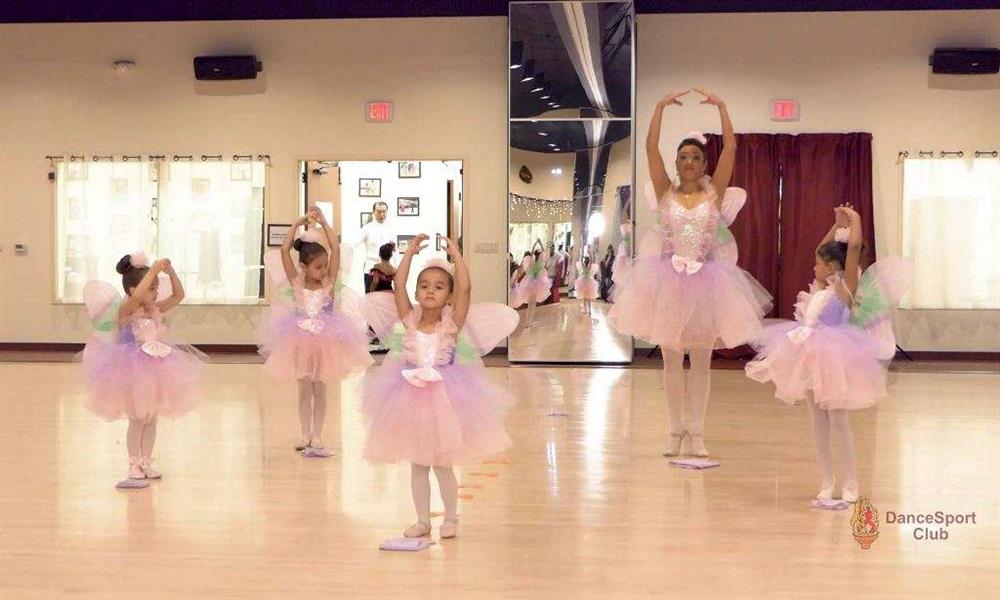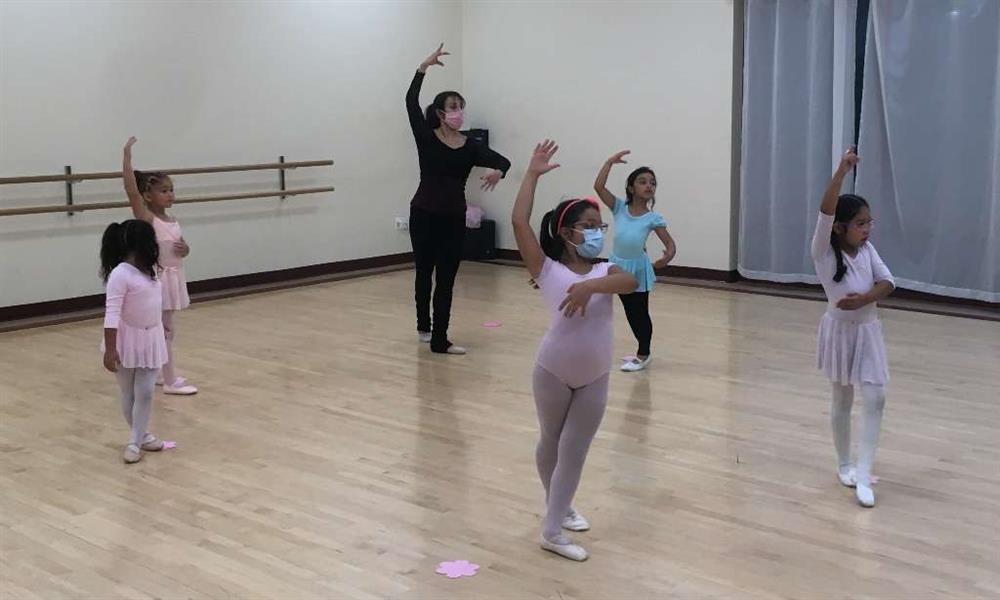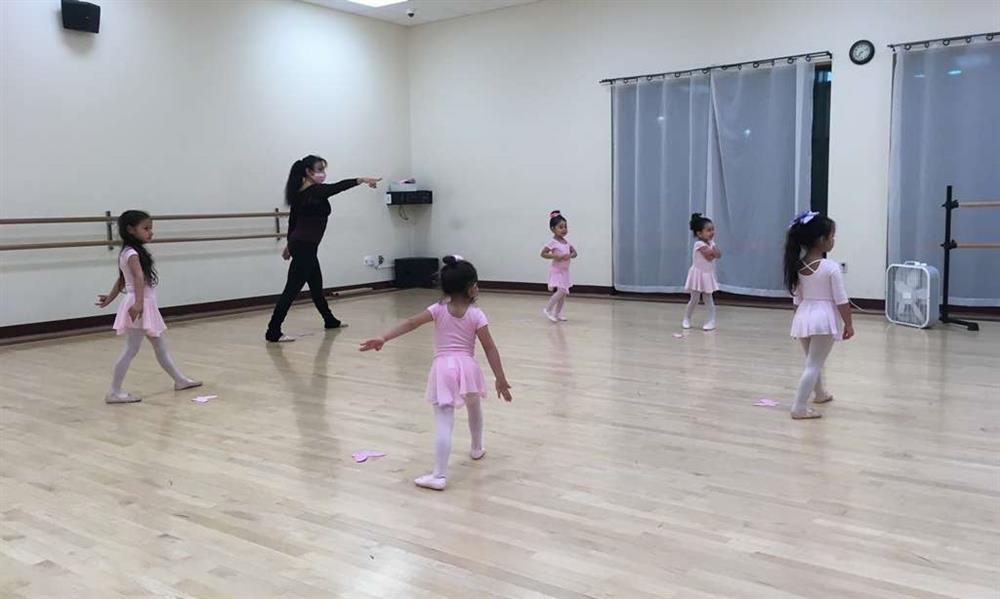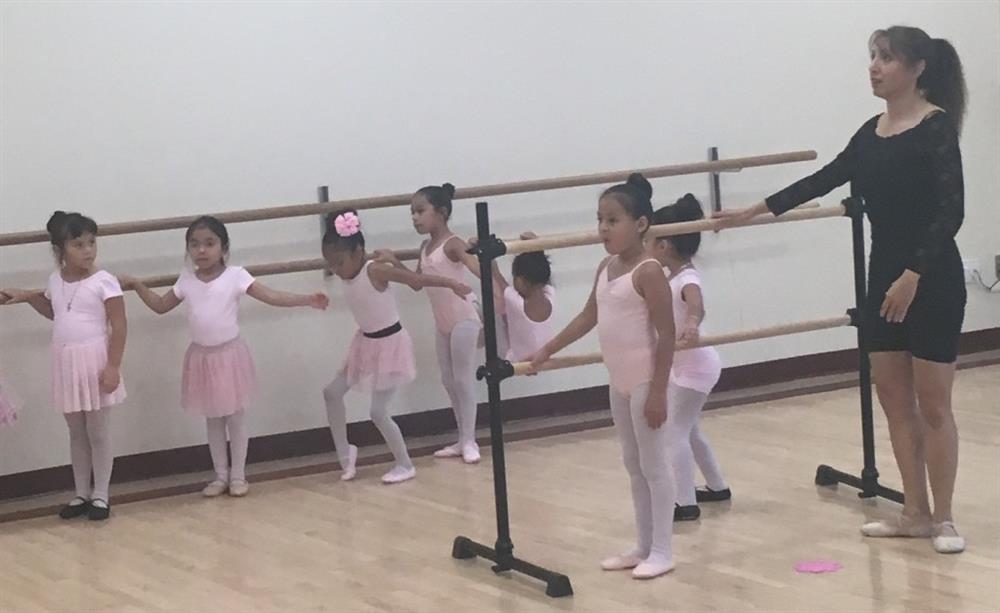Ballet
According to Encyclopedia Britannica Ballet is a theatrical dance in which a formal academic dance technique—the danse d’école—is combined with other artistic elements such as music, costume, and stage scenery. The academic technique itself is also known as ballet.
Ballet history
Ballet, as we know it today, began during the Renaissance around the year 1500 in Italy. In fact, the terms "ballet" and "ball" as in masked ball, come from the Italian ballare, to dance. When Catherine de Medici of Italy married the French King Henry II, she introduced early dance styles into court life in France.
At first, the dancers wore masks, layers upon layers of brocaded costuming, pantaloons, large headdresses and ornaments. Such restrictive clothing was sumptuous to look at but difficult to move in. Dance steps were composed of small hops, slides, curtsies, promenades and gentle turns. Dancing shoes had small heels and resembled formal dress shoes rather than any contemporary ballet shoe we might recognize today.
The official terminology and vocabulary of ballet was gradually codified in French over the next 100 years, and during the reign of Louis XIV, the king himself performed many of the popular dances of the time. Professional dancers were hired to perform at court functions after King Louis and fellow noblemen had stopped dancing.
A whole family of instruments evolved during this time as well. The court dances grew in size, opulence, and grandeur to the point where performances were presented on elevated platforms so that a greater audience could watch the increasingly pyrotechnic and elaborate spectacles. Jump ahead 200 years and take a look at the proscenium stage at the War Memorial Opera House--the elevation of the stage and dramatic height of the curtained opening will remind visitors of this development first hand.
From Italian roots, ballets in France and Russia developed their own stylistic character. By 1850 Russia had become a leading creative center of the dance world, and as ballet continued to evolve, certain new looks and theatrical illusions caught on and became quite fashionable. Dancing en pointe (on toe) became popular during the early part of the nineteenth century, with women often performing in white, bell-like skirts that ended at the calf. Pointe dancing was reserved for women only, and this exclusive taste for female dancers and characters inspired a certain type of recognizable Romantic heroine - a sylph-like fairy whose pristine goodness and purity inevitably triumphs over evil or injustice.
In the early twentieth century, the Russian theatre producer Serge Diaghilev brought together some of that country's most talented dancers, choreographers, composers, singers and designers to form a group called the Ballet Russes. The Ballet Russes toured Europe and America, presenting a wide variety of ballets. Here in America, ballet grew in popularity during the 1930's when several of Diaghilev's dancers left his company to work with and settle in the U.S. Of these, George Balanchine is one of the best known artists who firmly established ballet in America by founding the New York City Ballet. Another key figure was Adolph Bolm, the first Director of San Francisco Ballet School.
How to learn to dance Ballet.
To learn to dance Ballet you need to sign up for dance classes. We have a variety of ballet group dance classes for children at DanceSport Club. Those dance classes vary by age. Your child needs to be minimum 3 years old to attend our ballet dance classes
What are benefits of Ballet?
1. Ballet improves physical coordination, grace and posture.
We all know kids have to move and burn a lot of energy. But how they do this makes a difference! The core principles of ballet focus on balance, coordination, strength, and poise. Every exercise and step builds on these, creating a strong and capable dancer. To be able to dance properly you must have good posture and a strong core – two things that have been proven to benefit in overall health! When your child is dancing, they are doing a complex set of physical actions – moving different parts of the body in opposing directions, coordinating their movement to music, while simultaneously stretching and controlling their muscles. The result: long, strong muscles that can move with intention and coordination. The physical benefits are so good, even football players use ballet in their training!
2. Ballet improves mental strength and focus.
With all those physical demands of ballet, imagine how much work your brain is doing! While children are working hard to coordinate their feet to skip, (a skill that takes a lot more practice then you would think) their brains are constantly building new neural pathways to make all of this happen, which increases neuroplasticity. Neuroplasticity improves learning, memory, and comprehension.
Additionally, it takes discipline and focus to be able to master ballet. There is a reason we do the same steps in every class! Ballet students learn to appreciate the time it takes to master a skill. Not everything has to be instant gratification, and that is a valuable lesson in today’s world. It’s no coincidence that many dancers are straight The earlier a child starts ballet, the longer they have to perfect and develop this focus.
3. Ballet helps building social skills.
Children are around other kids most of the day. But in a ballet class, the dynamic is unique. As I have told many classes in the past, we are here for a common reason: we love to dance! That in itself creates a special camaraderie between students.

4. Ballet helps to improve confidence.
Performing in front of others, especially your own family at one of our Dance Showcases is no small task. Some kids live for the thrill of performance, others are incredibly nervous. The confidence to overcome those fears is built throughout the year in ballet class. It is a wonderful experience to see a child who came into the class quiet and nervous, and finished the year on stage full of excitement and energy! Even if the performance is less than perfect, students learn to appreciate their successes and learn from their mistakes.



